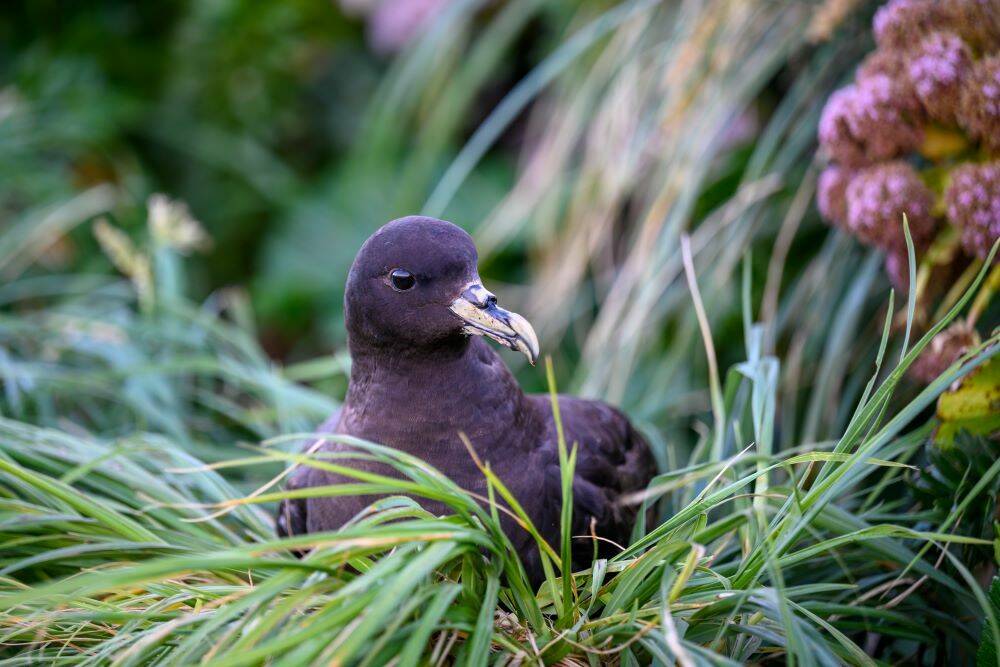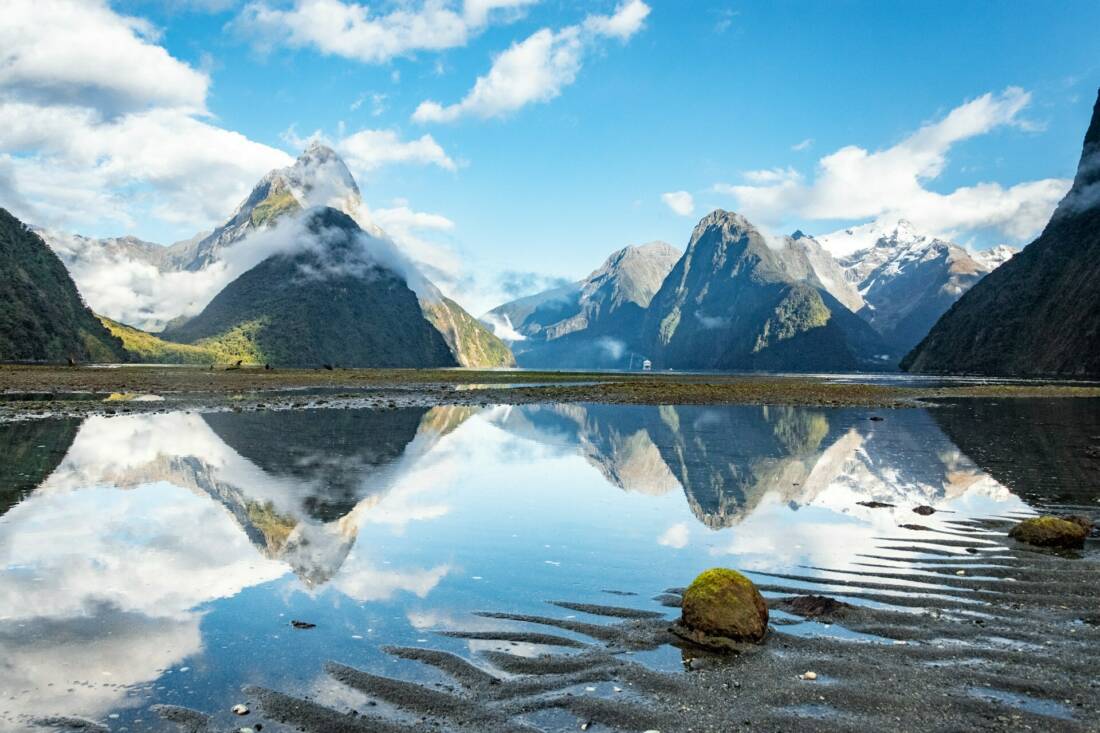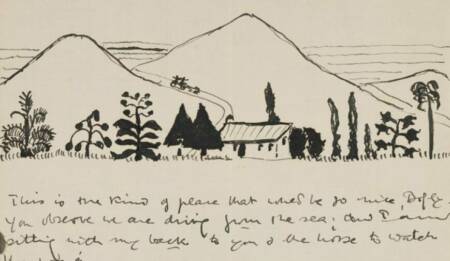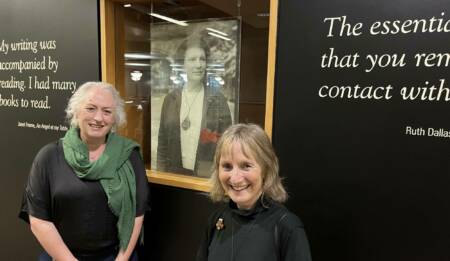UNESCO World Heritage
World Heritage Sites are places recognised by UNESCO as having "outstanding universal value”. They are either natural or cultural sites, or a combination of both, and are deemed significant for their historical, artistic, or scientific importance. Aotearoa New Zealand currently has three World Heritage sites.
What is the World Heritage Convention
The UNESCO World Heritage Convention aims to promote cooperation among nations to protect natural and cultural heritage of such universal value that its conservation is of concern to all people.
This is embodied in an international treaty called the Convention concerning the Protection of the World Cultural and Natural Heritage, adopted by UNESCO in 1972.
Aotearoa New Zealand became a signatory to the World Heritage Convention in 1984.
All countries that sign up to and agree to implement the Convention have a duty to identify, protect and conserve natural and cultural heritage of outstanding universal value for future generations. They may nominate sites for inscription on the World Heritage List.
The Convention is overseen by a committee of Member States, which assesses applications for sites to be added to the World Heritage List, and for monitoring listed sites to ensure they are properly managed. It also allocates finance from the World Heritage Fund for repair or restoration.
Our Sites
New Zealand has three UNESCO World Heritage Sites: Te Wāhipounamu - South West New Zealand, Tongariro National Park, and the New Zealand Sub-Antarctic Islands. Te Wāhipounamu and Tongariro were listed in 1990, while the Sub-Antarctic Islands were added in 1998.

New Zealand has a tentative list of potential World Heritage sites, last updated in 2007. The tentative list is an important step towards a site becoming a World Heritage Site. A site must be inscribed in a country’s Tentative List before it can be nominated for World Heritage listing.
World Heritage and Aotearoa New Zealand
New Zealand hosted the World Heritage Committee meeting in 2007, chaired by Ngati Tuwharetoa Paramount Chief Tumu te Heuheu. During his term Sir Tumu te Heuheu promoted the broader idea of intangible cultural heritage instead of the narrower concept of material heritage. Tongariro is the world’s first joint cultural and natural World Heritage site.
The Department of Conservation (DOC) is New Zealand’s lead agency for the Convention and works closely with the Ministry for Culture and Heritage (MCH), which has a central role in heritage policy.
The National Commission supports DOC in its role and helps promote the UNESCO World Heritage Convention within Aotearoa New Zealand.

Process for becoming a World Heritage Site
To be nominated for World Heritage status, a site must be on Aotearoa New Zealand’s Tentative List.
For a site to be placed on the Tentative List, it needs to have strong potential to be listed as a World Heritage site by meeting the UNESCO World Heritage criteria.
Inclusion on the Tentative List also requires applicants to be prepared to submit a full nomination within the next 10 years. The nomination dossier thoroughly documents the case for a site to receive World Heritage inscription.
Applications for the Tentative List are currently open.

Current sites on our Tentative List
There are currently eight sites on Aotearoa New Zealand's Tentative List
Waters and seabed of Fiordland (Te Moana O Atawhenua)
Kahurangi National Park, Farewell Spit and Canaan karst system
Kerikeri Basin historic precinct
Kermadec Islands and Marine reserve
Napier Art Deco historic precinct



